Nike celebrates 21/22 NBA season tip-off with opening of LeBron James Innovation Center
Olson Kundig designs LeBron James Innovation Center, named after the famous LA Lakers player, at Nike’s vast World Headquarters in Oregon, USA
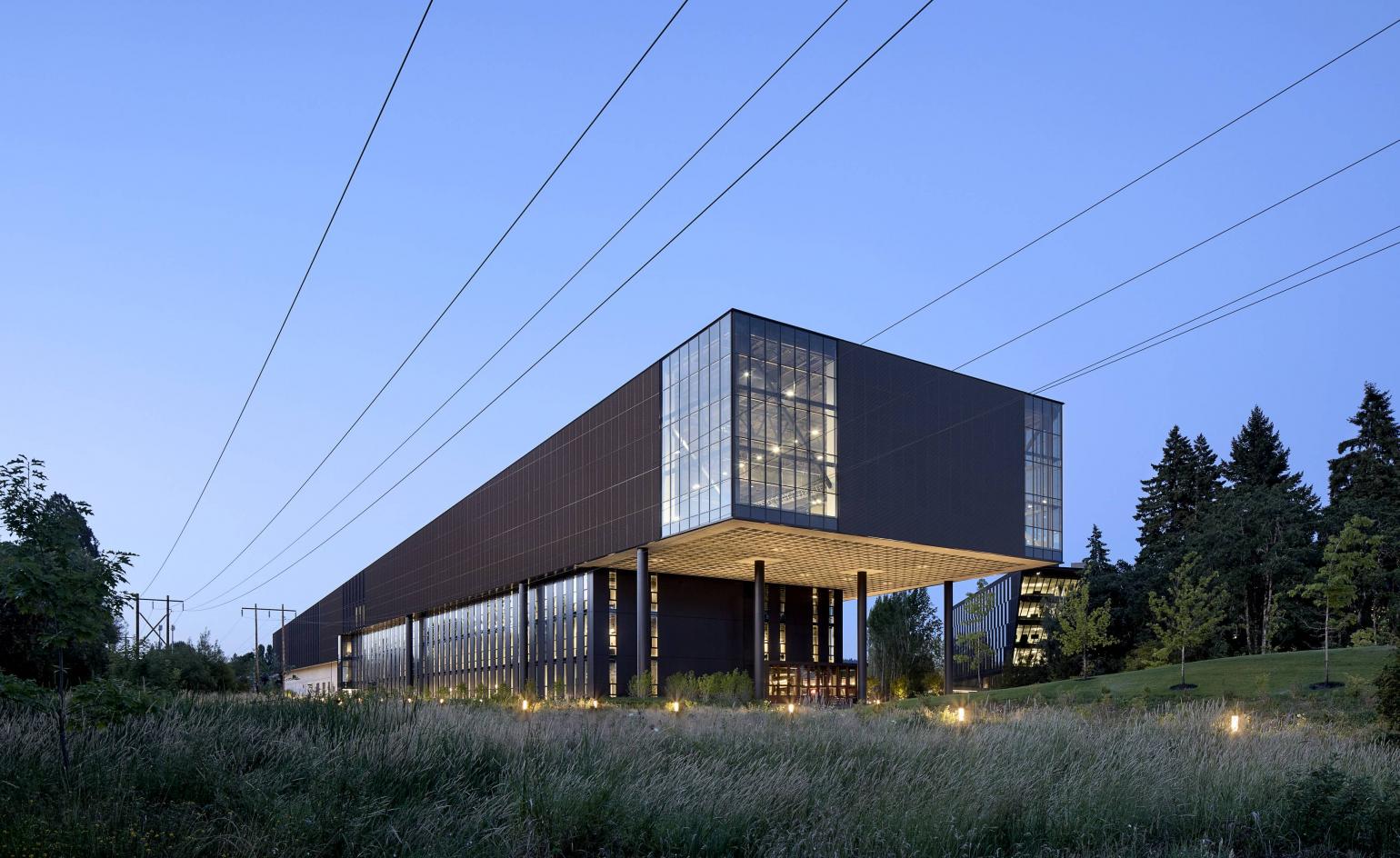
Seattle-based architecture studio Olson Kundig made its reputation with exquisitely detailed private houses and cabins, often deeply embedded in the American landscape, with a strong, post-industrial aesthetic. The studio’s figureheads, Jim Olson and Tom Kundig, who lead the American architecture studio together with four other partners, usually work quasi-independently on different projects. The new LeBron James Innovation Center – named after the LA Lakers player – at Nike’s vast World Headquarters (WHQ) in Beaverton, Oregon, is one of Kundig’s, and features his trademark raw materiality, from its exposed concrete to the rusted metal finishes.

Kundig describes the project, located in the north-western corner of Nike’s vast 286-acre corporate site, as a ‘very complex feat of engineering’. Occupying 700,000 sq ft, the Innovation Center brings together Nike’s various innovation teams, previously scattered across the campus. It is here they’ll develop new lines, new materials, and new approaches.
The structure has been designed to minimise any vibration and noise that might affect the data being tracked by these internal labs. In addition to expansive design studios and meeting rooms, the centre also contains prototyping labs, a large indoor research hub, sporting facilities, and an outdoor running track built on a 15-degree incline.
‘Nike’s underlying agenda of fast’
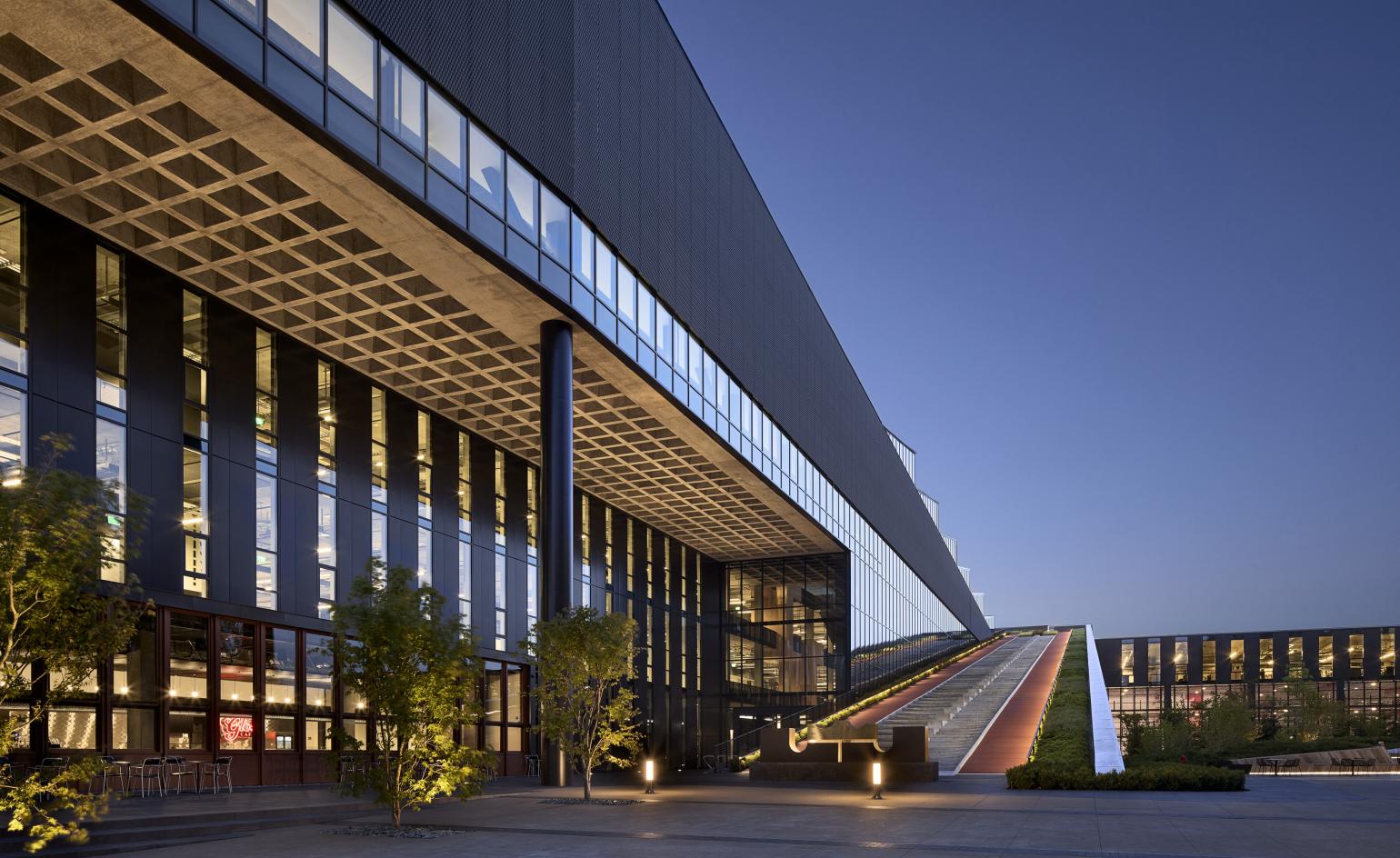
Inside, the studios are arranged to look over a four-storey atrium, with a ribbon-like staircase that unites each level. The top floor is occupied by the Nike Sport Research Lab (NSRL), the large volume that cantilevers out over the main entrance. The lab area also contains a full-size basketball court.
‘The “big idea” behind this building is Nike’s underlying agenda of fast,’ says Kundig. ‘Athletics at all levels – and innovation in service of athletes – is about capturing speed, about going fast. The spiritual sense of the building reflects this functional basis as well as the poetic finish of fast.’ Environmental performance is also high on the agenda, with the building becoming the largest in the state to achieve the LEED Platinum rating from the US Green Building Council.

The rough finishes incorporate the visual signs of construction, with simple, elemental materials like concrete and steel paired with plywood for desks and storage. Kundig stresses the importance of material authenticity. ‘This building is designed to be functional, fast-moving, performance-based; we wanted to avoid anything too “precious” and instead selected materials for durability and strength,’ he says.
‘The building celebrates the raw performance of basic materials, much like athletics showcases the raw performance of the human form.’
Wallpaper* Newsletter
Receive our daily digest of inspiration, escapism and design stories from around the world direct to your inbox.
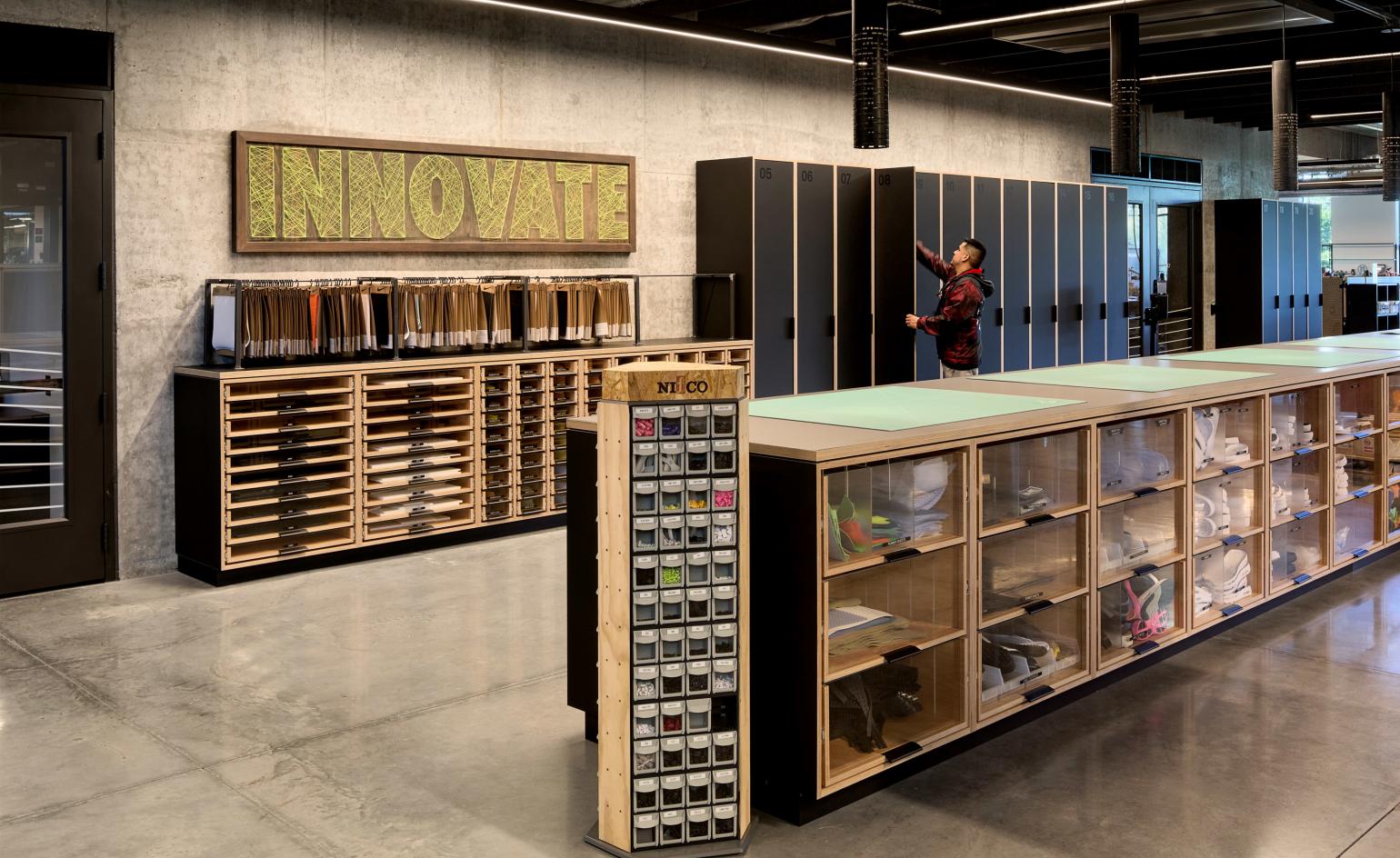
Basketball player LeBron James has been with Nike his entire career, signing a $90m contract with the company when he left high school in 2003. The LA Lakers player lends his name to many clothing and shoe lines for the company, and the new building celebrates this long partnership. It joins other structures on the corporate campus named after leading sportspeople, including John McEnroe, Seb Coe, Pete Sampras, Serena Williams, and Mia Hamm.
The centre also provides a good opportunity for bold sporting hypergraphics, including a visual representation of James’ shots on his journey to amassing 30,000 points, a ‘heat map’ of dots. ‘I’ve always felt the basis of architecture is function-driven with a poetic finish,’ Kundig says, and in this respect the LeBron James Innovation Center is an undeniable high scorer.
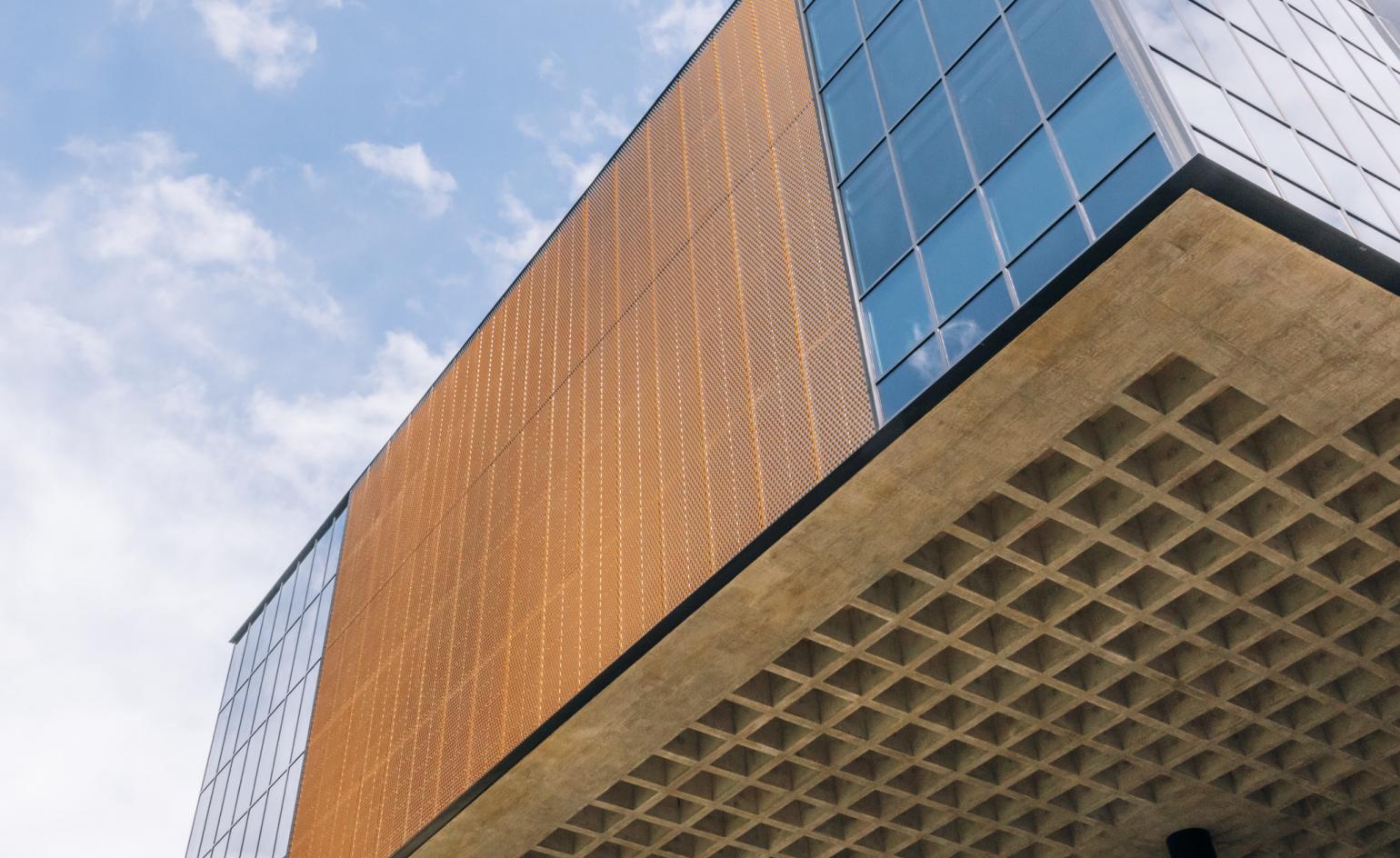
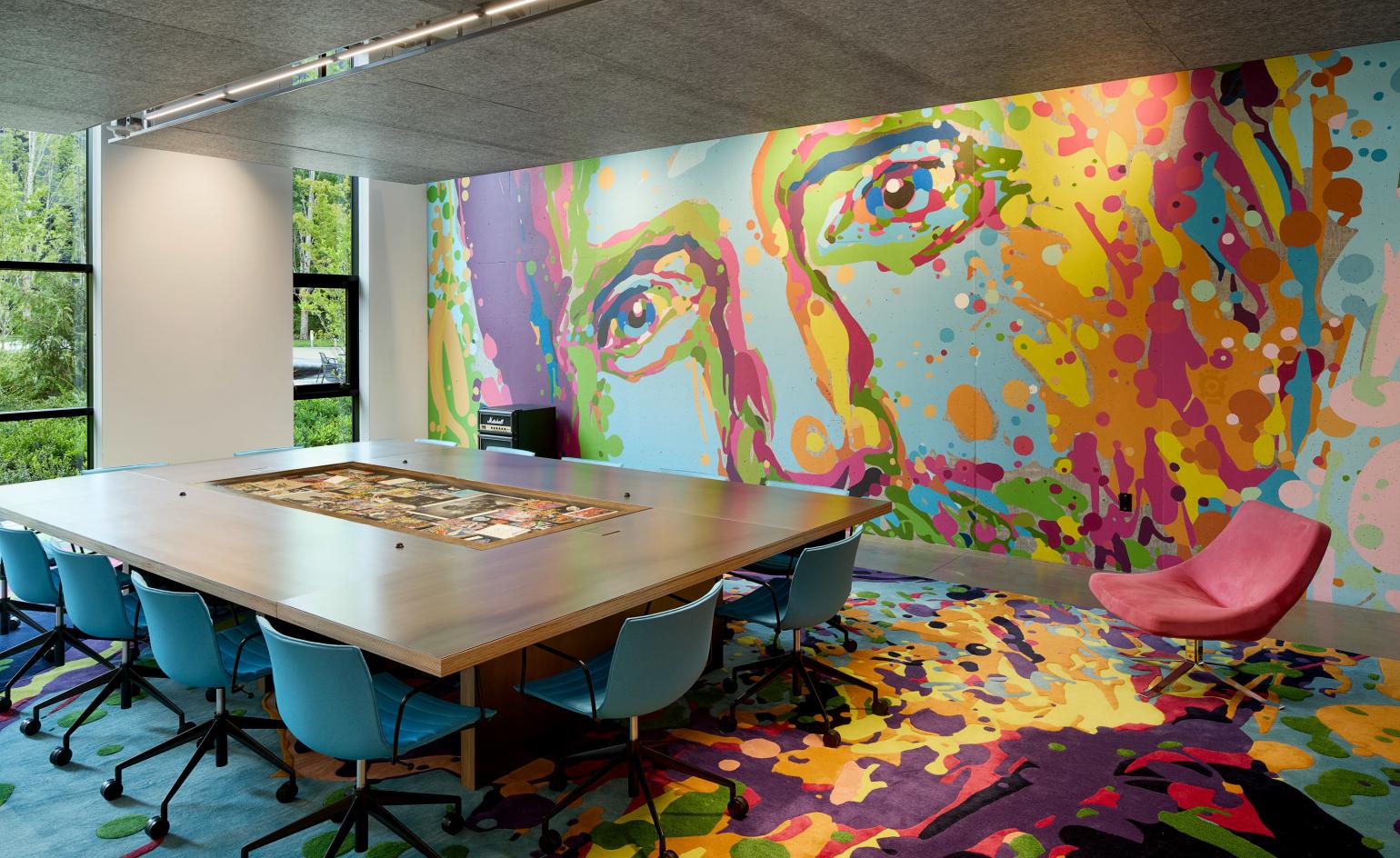
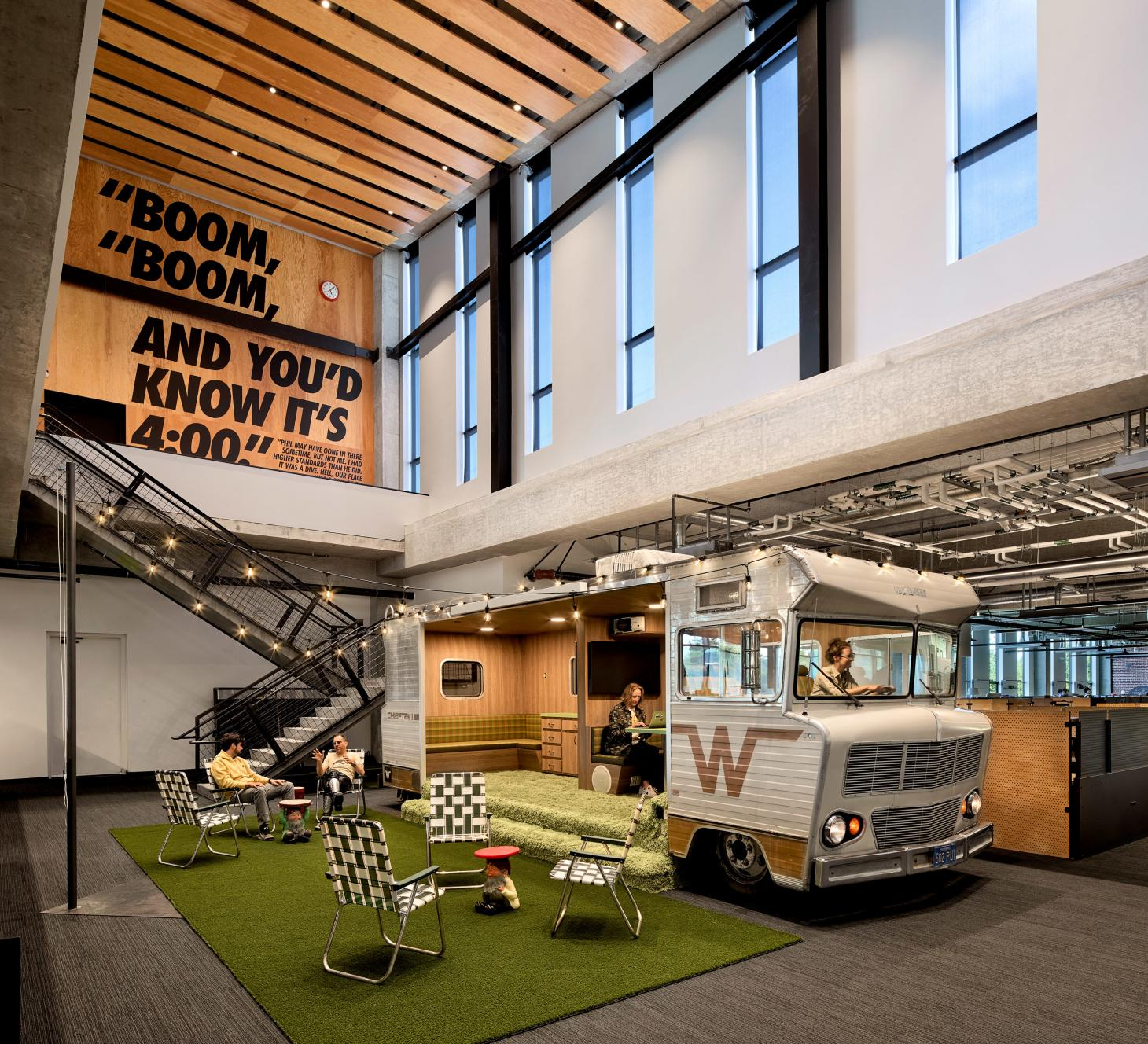
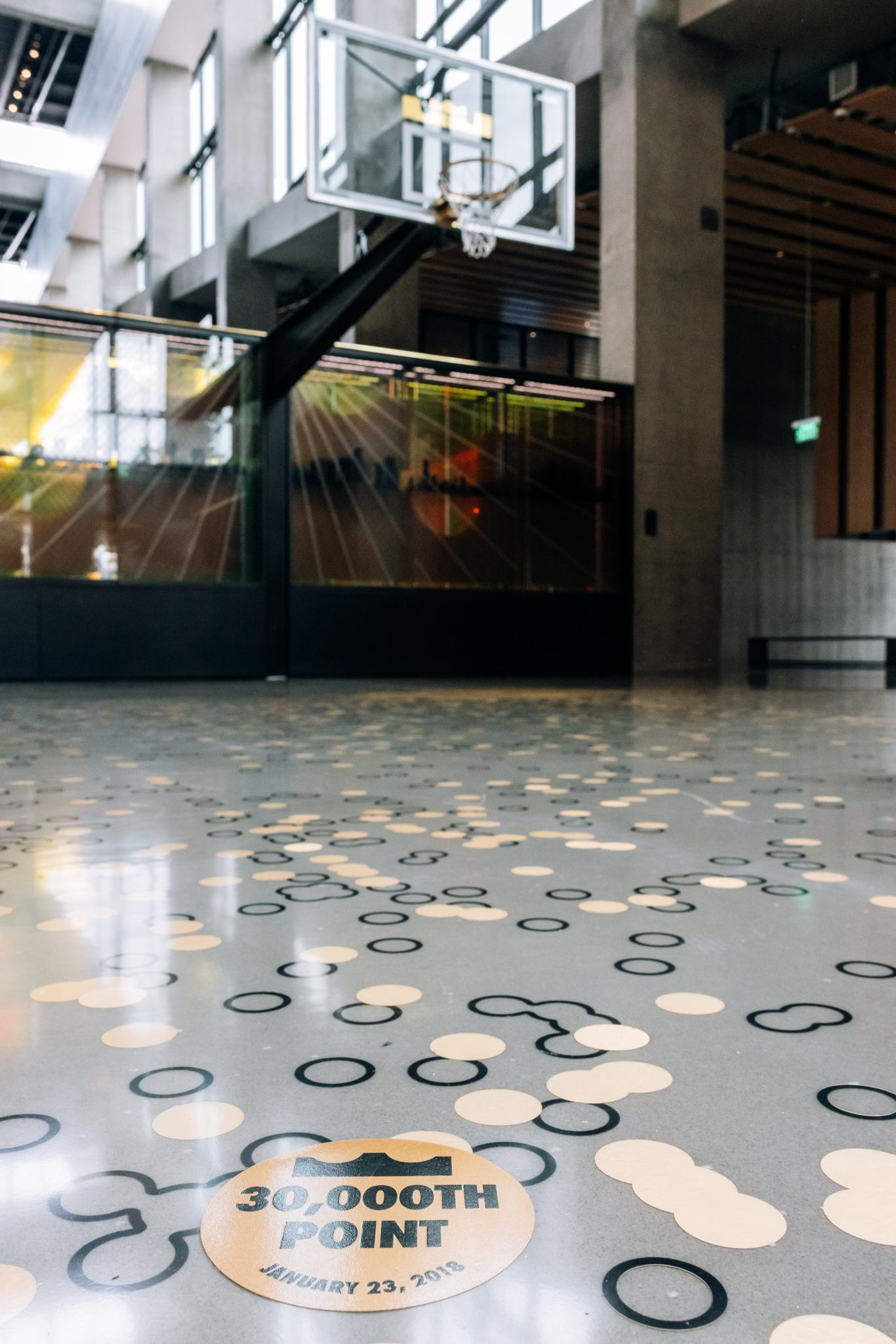
INFORMATION
nike.com
olsonkundig.com
Jonathan Bell has written for Wallpaper* magazine since 1999, covering everything from architecture and transport design to books, tech and graphic design. He is now the magazine’s Transport and Technology Editor. Jonathan has written and edited 15 books, including Concept Car Design, 21st Century House, and The New Modern House. He is also the host of Wallpaper’s first podcast.
-
 Sotheby’s is auctioning a rare Frank Lloyd Wright lamp – and it could fetch $5 million
Sotheby’s is auctioning a rare Frank Lloyd Wright lamp – and it could fetch $5 millionThe architect's ‘Double-Pedestal’ lamp, which was designed for the Dana House in 1903, is hitting the auction block 13 May at Sotheby's.
By Anna Solomon
-
 Naoto Fukasawa sparks children’s imaginations with play sculptures
Naoto Fukasawa sparks children’s imaginations with play sculpturesThe Japanese designer creates an intuitive series of bold play sculptures, designed to spark children’s desire to play without thinking
By Danielle Demetriou
-
 Japan in Milan! See the highlights of Japanese design at Milan Design Week 2025
Japan in Milan! See the highlights of Japanese design at Milan Design Week 2025At Milan Design Week 2025 Japanese craftsmanship was a front runner with an array of projects in the spotlight. Here are some of our highlights
By Danielle Demetriou
-
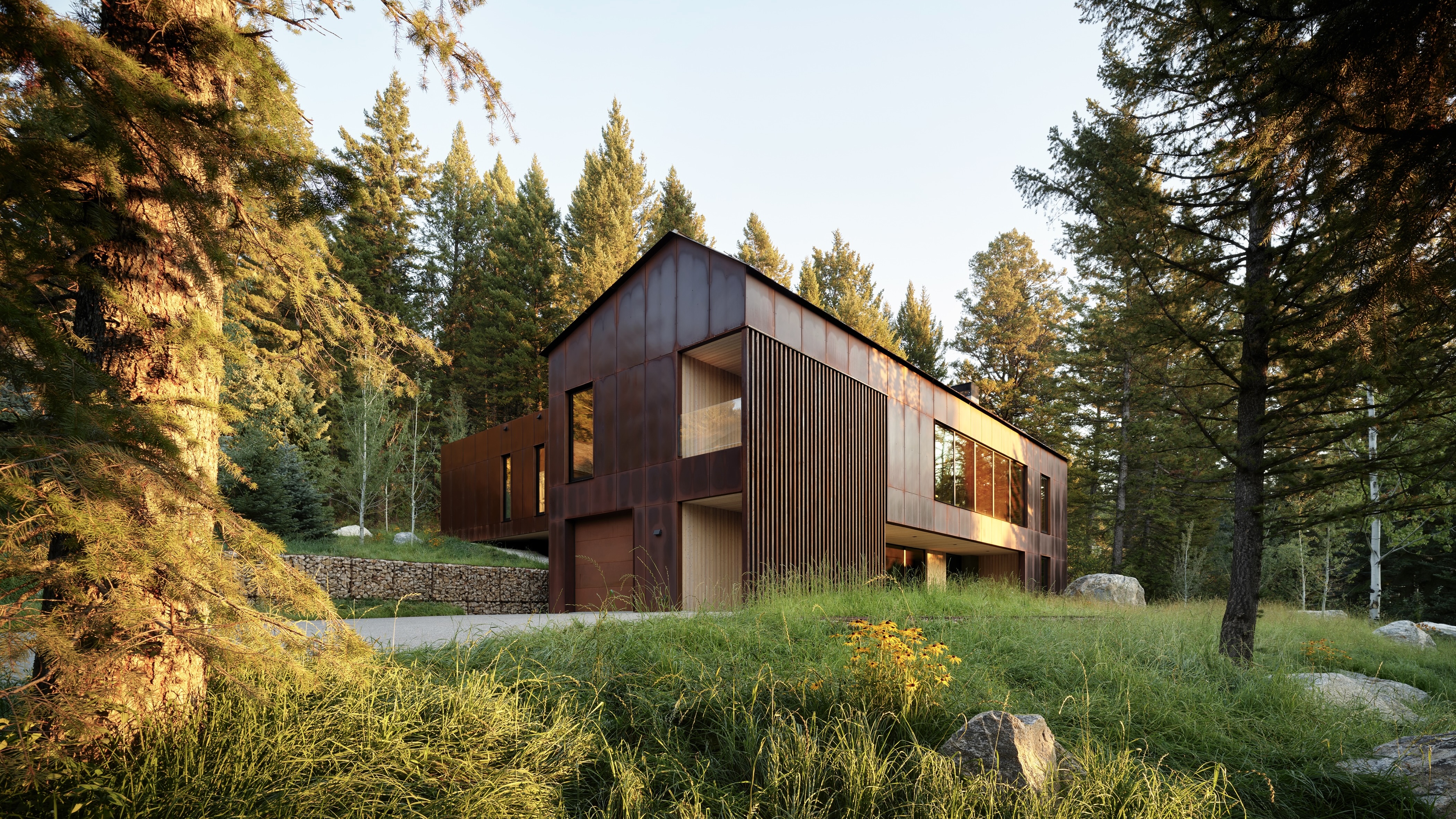 This minimalist Wyoming retreat is the perfect place to unplug
This minimalist Wyoming retreat is the perfect place to unplugThis woodland home that espouses the virtues of simplicity, containing barely any furniture and having used only three materials in its construction
By Anna Solomon
-
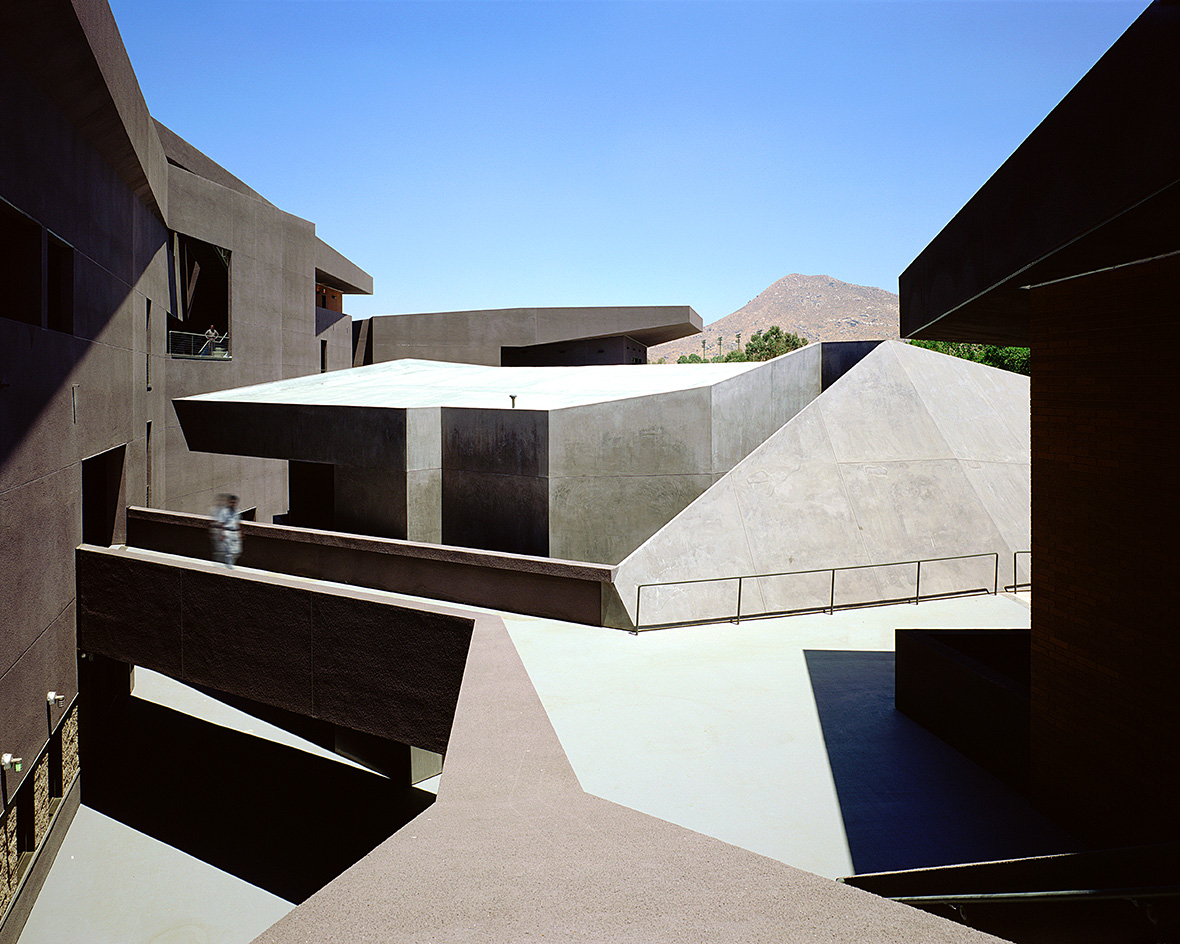 We explore Franklin Israel’s lesser-known, progressive, deconstructivist architecture
We explore Franklin Israel’s lesser-known, progressive, deconstructivist architectureFranklin Israel, a progressive Californian architect whose life was cut short in 1996 at the age of 50, is celebrated in a new book that examines his work and legacy
By Michael Webb
-
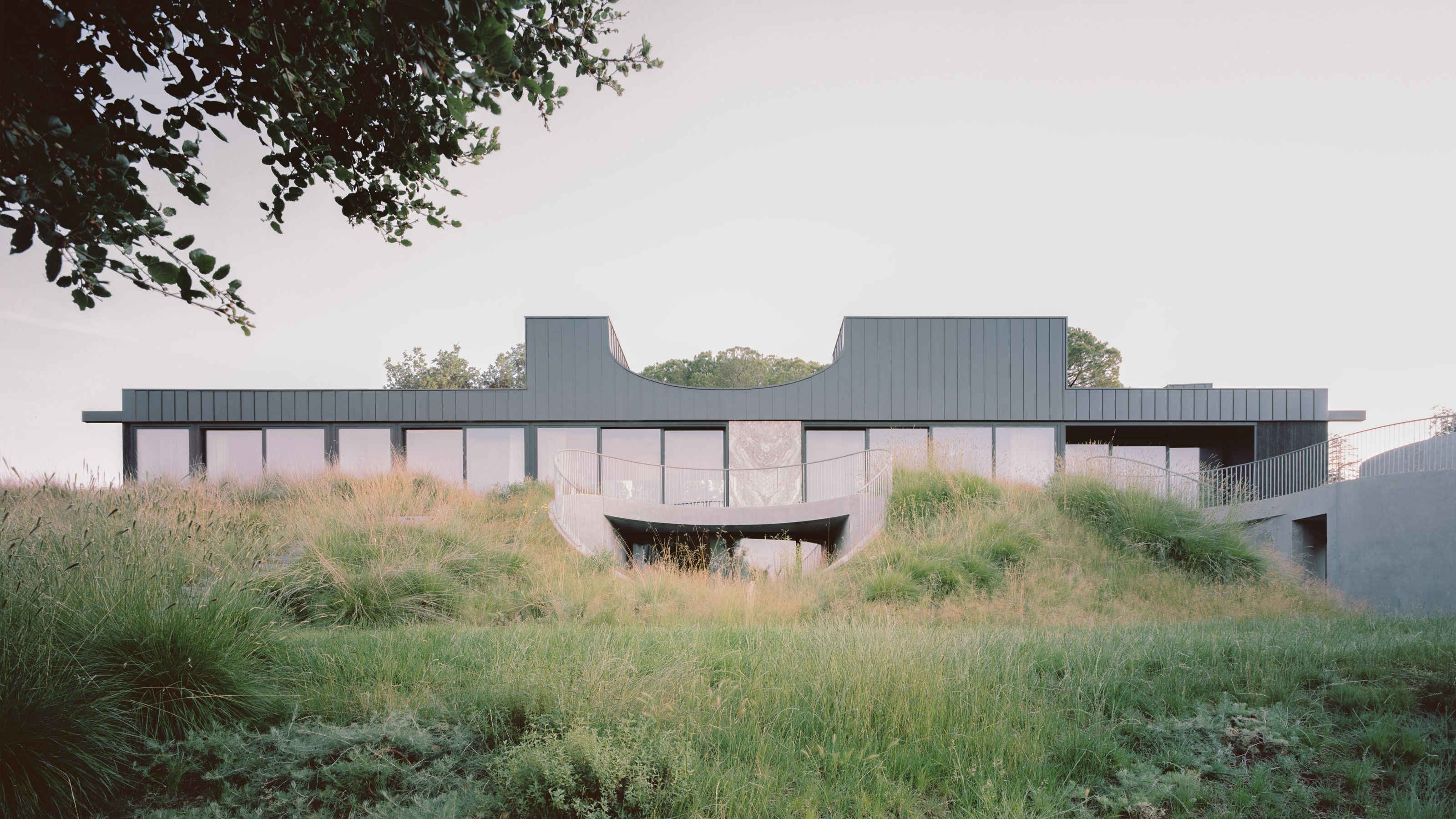 A new hilltop California home is rooted in the landscape and celebrates views of nature
A new hilltop California home is rooted in the landscape and celebrates views of natureWOJR's California home House of Horns is a meticulously planned modern villa that seeps into its surrounding landscape through a series of sculptural courtyards
By Jonathan Bell
-
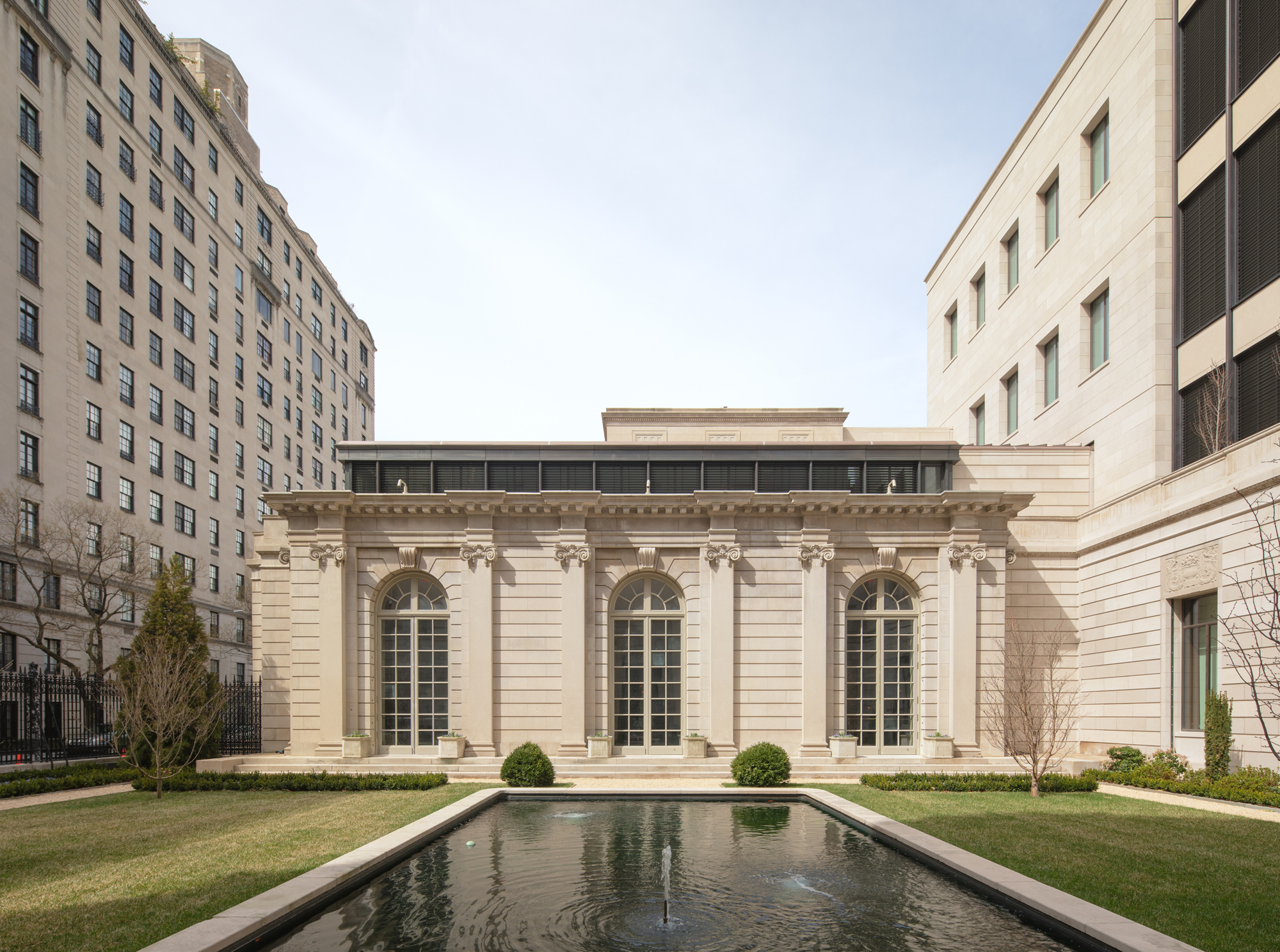 The Frick Collection's expansion by Selldorf Architects is both surgical and delicate
The Frick Collection's expansion by Selldorf Architects is both surgical and delicateThe New York cultural institution gets a $220 million glow-up
By Stephanie Murg
-
 Remembering architect David M Childs (1941-2025) and his New York skyline legacy
Remembering architect David M Childs (1941-2025) and his New York skyline legacyDavid M Childs, a former chairman of architectural powerhouse SOM, has passed away. We celebrate his professional achievements
By Jonathan Bell
-
 The upcoming Zaha Hadid Architects projects set to transform the horizon
The upcoming Zaha Hadid Architects projects set to transform the horizonA peek at Zaha Hadid Architects’ future projects, which will comprise some of the most innovative and intriguing structures in the world
By Anna Solomon
-
 Frank Lloyd Wright’s last house has finally been built – and you can stay there
Frank Lloyd Wright’s last house has finally been built – and you can stay thereFrank Lloyd Wright’s final residential commission, RiverRock, has come to life. But, constructed 66 years after his death, can it be considered a true ‘Wright’?
By Anna Solomon
-
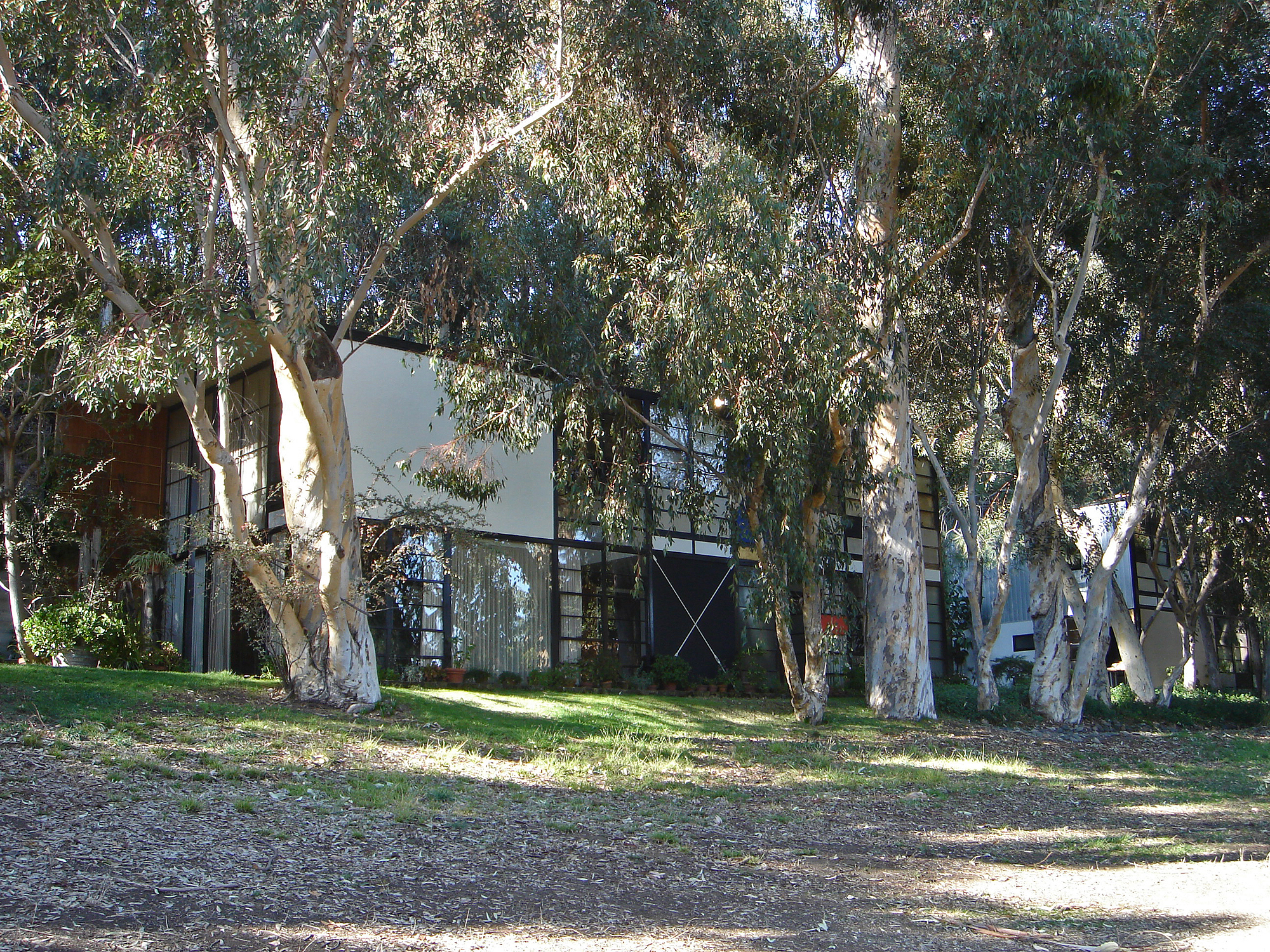 Heritage and conservation after the fires: what’s next for Los Angeles?
Heritage and conservation after the fires: what’s next for Los Angeles?In the second instalment of our 'Rebuilding LA' series, we explore a way forward for historical treasures under threat
By Mimi Zeiger